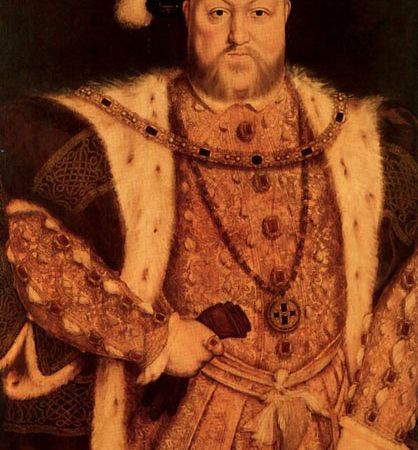The prestigious Tate Gallery in the UK is preparing and impressive exhibition dedicated to the work and personality of Hans Holbein (1497/8-1543), the first great British artist and one of the most important painters in history. With the title "Holbein in Britain", the exhibition is scheduled to open on 28 September 2006 and will receive visitors until 7 January 2007. It is sure to be an impressive event, as the curators have made great efforts to bring together some of the most important of Holbein's paintings, loaned from many prestigious museums and galleries form allover the world.
Hans Holbein arrived for the first time in Britain in 1526, and remained there until 1528, leaving for Basel. He would later return in 1532, and remained and worked in England for the rest of his life, until he died in 1543. It was a critical time in English history, a time full of political, religious and cultural changes and turmoils. Hans Holbein played a major role in bringing the Renaissance in painting from the continent to Britain. So this major exhibition will try to explain, through and incredibly valuable collection of paintings, how Holbein changed forever the British art. Iti is surely the largest and most important collection of Holbein's work to be seen in Britain in the last 50 years, a demonstration of his talent and versatility, ranging from portraits and other paintings ot decorative arts.
Visitors will have the chance to enjoy forty portrait and subject paintings, portrait drawings, decorative designs, prints, which will show not only the talent of the artist but also his impact on English cultural life during the times of King Henry VIII. "Holbein in England" will focus on the two timeframes the artist spent working in London : 1526 - 1528 and 1532 - 1543. In the first three years the artist was under the patronage of Sir Tomas More, who was a good friend of the famous Erasmus, Holbein's former patron. After leaving for Basel in 1528, Holbein returned to England in 1532, and this time was under the patronage of King Henry VIII, producing some amazing portraits of the King, the members of the Royal family and the members of the Court.

A section of the exhibition will be dedicated to the portraits of the king and his family, while another will offer a glance at the members of the Court, also being an examination of how Humanism was affected by the political changes and especially Reformation. The exhibition will also be a comprehensive examination of how Holbein's manner of painting portraits changed over the years, mainly because of political and religious influences, for example hoiw he managed to develop a fine balance between the individualisation of character and ideal representation. Holbein also played a key role in the revolution in English decorative arts.

































